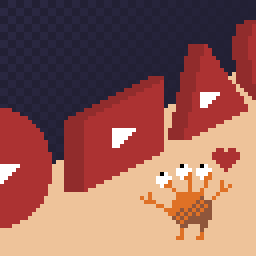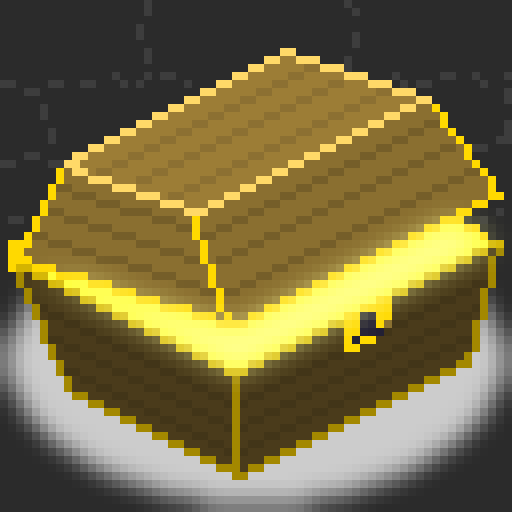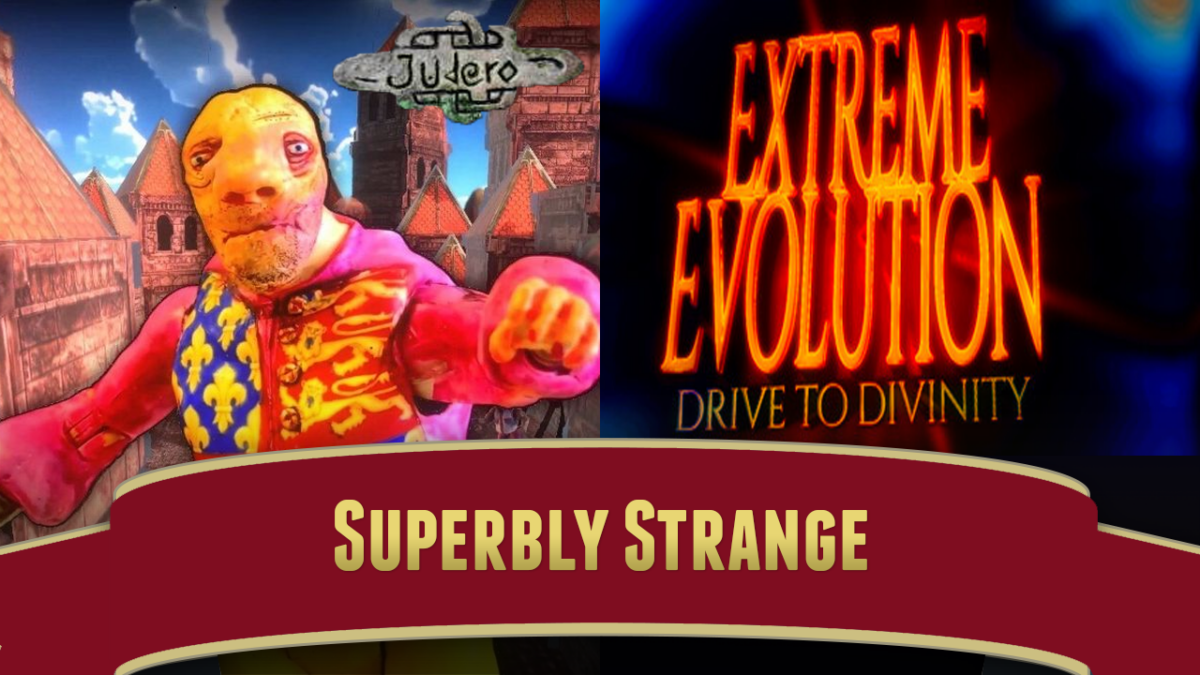
Sundry Sunday is our weekly feature of fun gaming culture finds and videos, from across the years and even decades.
I never got into the Pokemon Trading Card Game scene. I never got into Magic either. The thing about trading card games, I’ve always said, sometimes twice in a row even, is they seem more like a business model than a game.
It’s not that they don’t have good design, really, but that the purpose of that game is to make it so that players buy more cards. And despite that, whenever I bring this up among obsessed players, they say it doesn’t take money to win. No, but it makes winning much more likely. More money gets you more cards, and statistically, that means you get better cards. More money means you can outright buy better cards from traders. Money rules all, just like it does in the actual real physical world, and that’s something I play games to escape.
Recently the Pokemon Company released a second app version of their money-printing game. This one promises streamlined rules, and lets you get booster packs without paying cash, although being “free to play,” monetization is sadly a big part of the game.
Word is, it is also infuriatingly difficult to win at, an experience that TerminalMontage, creator of the “Something About” series of animations, captures aptly in their new animation. (8 minutes)
My opinion of the Something About cartoon is scattered. There’s some funny episodes in there, but it also relies a lot on the “earsplitting scream EXPLOSION” gag. It happens at least once in this video. And sometimes it substitutes hyper-energy for actual jokes. Yet, hidden amidst the LOLrandom, the good ones really are good. Will you find this one to be so? There’s but one way to find out.




